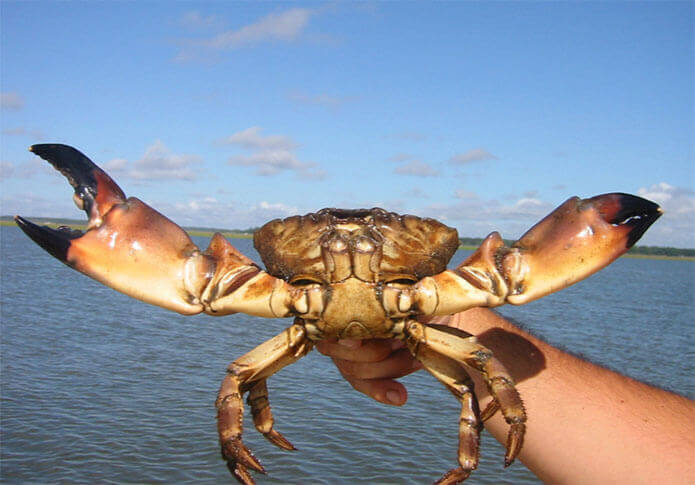Table of Contents
The Ideal System For Rearing Lobsters
The ideal system for rearing lobsters individually should be relatively inexpensive to construct and operate; simple to maintain; based on automatic feeding and selfcleaning of tank and cages; maintain ideal water quality conditions; use space in three dimensions; enable high densities; conserve water at high temperatures; ensure good survival and permit easy access to the livestock for inspection and feeding.
American researchers reported in 1995 that no successful attempts had been made which includes all of these features into a single design. Until the year 2000, neither commercial nor R&D activities have been done in Norway to develop a land-based farming concept for raising plate-sized lobsters.
During the last eight years, the Norwegian Lobster Farm has developed, tested and documented six different technologies (i.e. single trays, stacks of trays, horizontal as well as vertical car-o-cells, strings of polyethylene and communal rearing). The aim of the project was to develop cost-effective farming solutions using recirculation of heated seawater.

As a result of this work, Norwegian Lobster Farm has patented a new farming technology in 23 countries that incorporates all necessary prerequisites for successful and profitable culture of plate sized lobsters. This technology lifts the crustacean industry from 2D to 3D by effectively utilising all three dimensions in the water column.
Moreover, the company has developed all automated technologies that now supplement most of the procedures that previously were dependent on manual labour. The concept includes the use of selection robots (classification of larval stages), feeding robots, harvesting robots, remote desktop solutions and image processing software to identify moults, mortality and the time for harvesting. The farming concept has been successfully tested over the last three years.
The company is now commercialising the results, and plans to expand their production up to 20 MT annually in a new factory on the island of Kvitsøy.
Click here for a complete guide to raising lobsters…
Article Related Questions:
- How are lobsters raised?
- What do lobsters need to survive?
- How long does it take to raise a lobster?
- Are there lobsters in the Caribbean?
- What eats a lobster in the ocean?
- How old is a legal spiny lobster?
